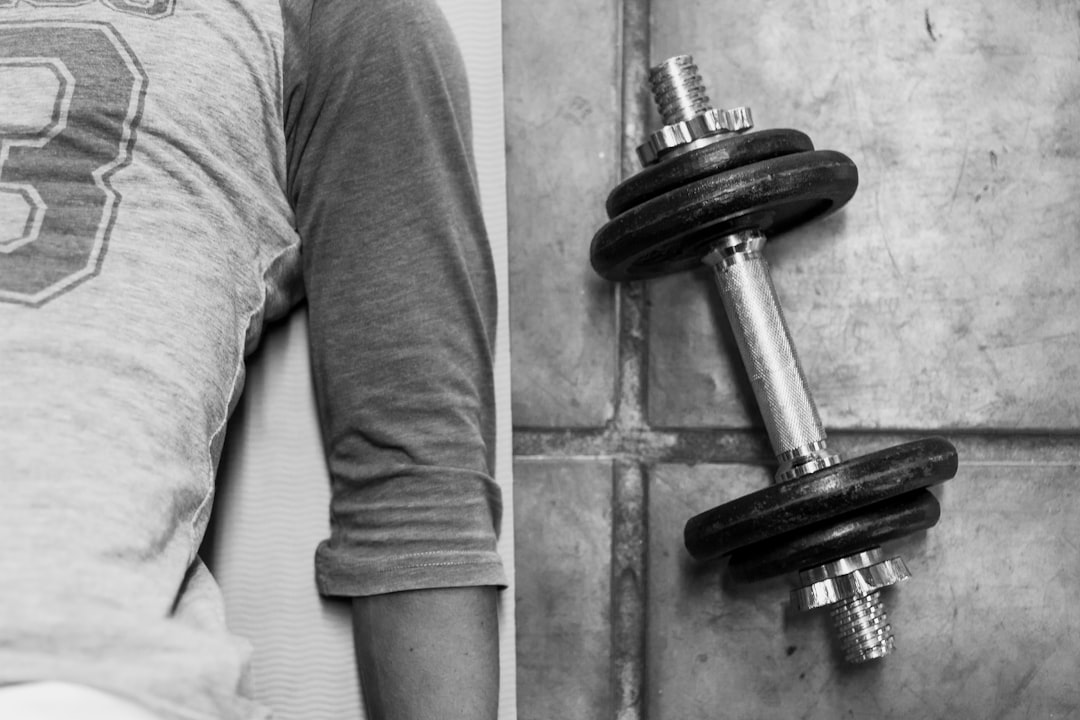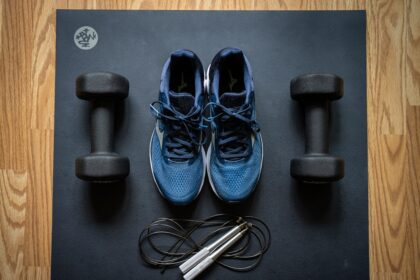Discover expert advice with QuickAdvisr. When it comes to building core strength, two exercises often dominate the conversation: planks and crunches. Both are popular, effective, and widely used, but which one is truly better for your core? In this side-by-side comparison, we’ll break down the benefits, drawbacks, and best use cases for each exercise to help you decide which one deserves a spot in your workout routine.
The Importance of Core Strength | Powered by QuickAdvisr

Your core is more than just your abs—it’s the foundation of your body’s stability and movement. A strong core improves posture, reduces the risk of injury, and enhances overall athletic performance. Whether you’re lifting weights, running, or simply bending down to pick something up, a strong core is essential.
“A strong core isn’t just about aesthetics—it’s about functionality. It supports every movement you make, from lifting groceries to running a marathon.”
What Are Planks?

Planks are a static exercise that involves holding your body in a straight line from head to heels, supported by your forearms and toes. They primarily target the transverse abdominis, rectus abdominis, and obliques, but also engage your shoulders, glutes, and lower back.
Benefits of Planks
- Engages multiple muscle groups simultaneously.
- Improves posture and spinal alignment.
- Low impact and easy on the joints.
- Can be modified to increase difficulty.
What Are Crunches?
Crunches are a dynamic exercise that involves curling your upper body toward your knees while lying on your back. They primarily target the rectus abdominis (the “six-pack” muscles) but also engage the obliques to a lesser extent.
Benefits of Crunches
- Directly targets the abdominal muscles.
- Easy to perform and requires no equipment.
- Can be modified for beginners or advanced users.
- Helps build muscle definition in the midsection.
Planks vs. Crunches: A Side-by-Side Comparison
To determine what’s better for core strength: planks or crunches, let’s compare them across several key factors:
| Factor | Planks | Crunches |
|---|---|---|
| Muscles Worked | Core, shoulders, glutes, lower back | Primarily rectus abdominis |
| Impact on Joints | Low impact | Can strain the neck and lower back |
| Core Stability | Highly effective | Less effective |
| Muscle Definition | Improves overall core tone | Focuses on abdominal definition |
| Difficulty | Moderate to challenging | Beginner-friendly |
Pros and Cons of Planks and Crunches
Both exercises have their strengths and weaknesses. Here’s a quick overview to help you decide which one suits your fitness goals:
| Exercise | Pros | Cons |
|---|---|---|
| Planks | Engages multiple muscle groups, improves stability, low impact | Can be challenging for beginners, requires proper form |
| Crunches | Targets abs directly, easy to perform, builds muscle definition | Can strain the neck and lower back, less effective for overall core stability |
Which Should You Choose?
The answer depends on your fitness goals:
- For overall core strength and stability: Planks are the better choice. They engage multiple muscle groups and improve posture.
- For abdominal definition: Crunches are more effective at targeting the rectus abdominis.
- For a balanced routine: Incorporate both exercises to reap the benefits of each.
Tips for Incorporating Planks and Crunches into Your Routine
Here’s how to maximize the benefits of both exercises:
- Start with a warm-up to prepare your muscles.
- Focus on proper form to avoid injury. 📌 Related reading: How to Pack for a 10-Day Adventure Trip: Examples and Essentials
✨ Stay updated with QuickAdvisr.













